Can mold kill you?
It’s a question that I get quite often and as a natural born worry monger, I get it…
…Unfortunately
It’s not just a straightforward “Yes” or “No” answer.
There are broad circumstances to fully answer the question.
But don’t worry…
I’ll make this as simple as possible. My goal is by the time you are done reading this, you will have an idea of how mold may be affecting your health and you’ll be able to determine for yourself if the end of days are near for you due to mold.
Here is the number one piece of information that I want you to take away from this article:
It’s not the mold that will make you sick, it’s the mycotoxins!
So buckle up, and let’s get a little moldy!
Where Does Mold Grow?
Most people assume that if you have mold in your home, everybody will get sick and that is just full-fledged misconception.
This is going to blow your mind…
..But chances are you have mold in your home no matter how clean of a person you may be.
Yes, you read that correctly…
YOU HAVE MOLD IN YOUR HOME!!!!
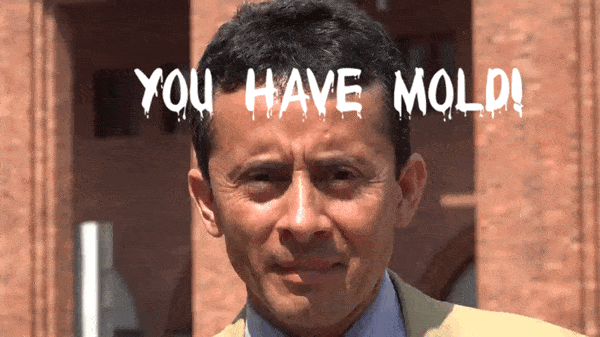
Ok, now you can relax as I will break it down for you.
You see:
There are some mold spores present in all outdoor and indoor environments. Although, it is much more prevalent in hot/humid environments.
For example, if you live in a state like Florida or Louisana, every time you walk out of your home you are likely breathing in an abundance of mold spores.
While if you live in a state like California or Arizona, you’re likely not breathing in much mold spores if any at all.
Look at this tree for example:

That, my friend, is mold.
Is it going to kill you?
Unless you have an immune system deficiency, then you have a better chance of learning about winning the lottery at the same time as getting struck by lightning in a graveyard with Elvis Presley being resurrected. Well, not really but you catch my drift!
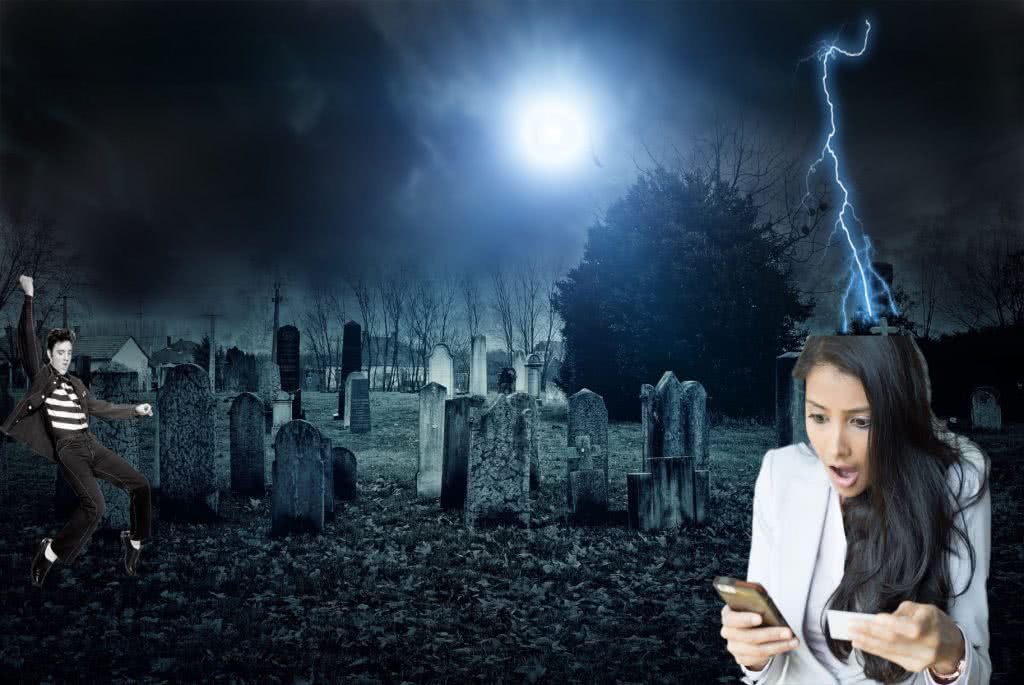
Mold is everywhere, including in your home, on your clothes, in your carpet, and just about anything porous.
Is Mold Harmless?
Well:
We have established that mold is all over the place. Which means you have been breathing in mold spores pretty much your entire life.
That would mean that you are living proof that mold is harmless, correct?
WRONG!
Here is the big determining factor as to whether mold is dangerous or not?
How much mold is present and what species of mold
Look:
There are over 365,000 species of mold. Most of them will not affect humans.
But there are few spores that produce something called mycotoxins.
In plain English:
It’s toxic.
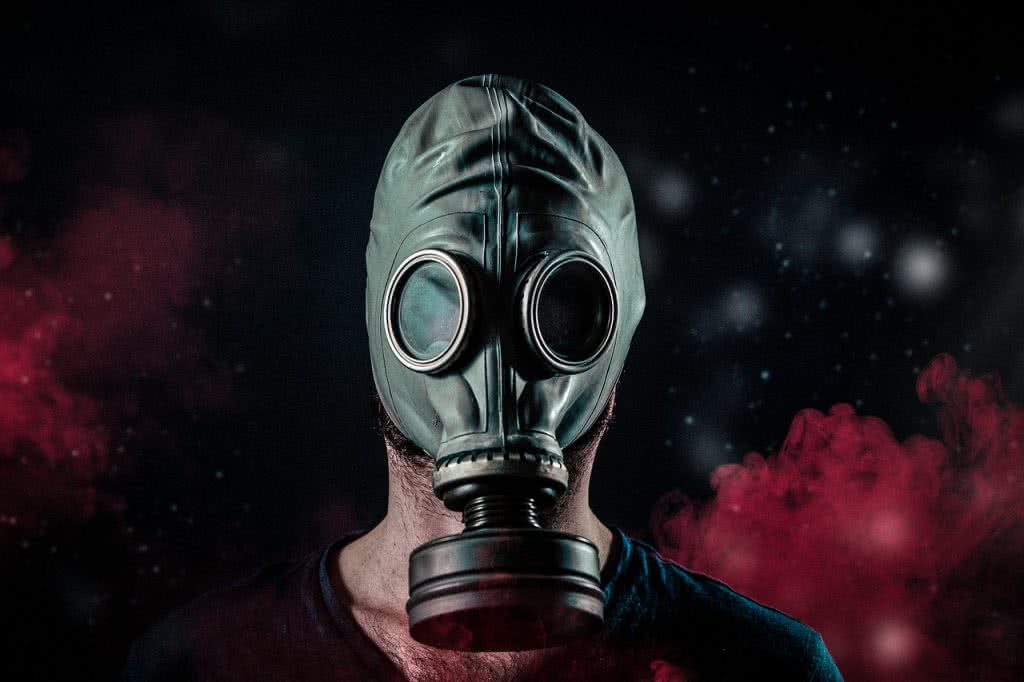
Remember, the mycotoxins are what makes the normal person sick, not the mold itself.
First the good news:
Those toxic spores that can cause harm to your health are not generally found outdoors. So that means, you don’t have to start worrying about breathing toxic mold in while walking to the park with your kids.
Now the bad news:
Mold that produces toxins is generally found indoors.
Meaning:
They can grow in your home.
Ok, now you can freak out 🙂
Where Indoors Does Mold Growth Thrive?
As mentioned above, mold spores are in all sorts of personal contents like your clothing.
But…
In order for mold to actually start forming a colony and grow it will need to be on building material that is wet.
The most common types of building materials for mold to start growing on is:
- Wood
- Drywall
- Carpet
Anywhere building material is present that is wet and in a humid environment, mold growth can thrive.
Do You Have Toxic Mold In Your Home?
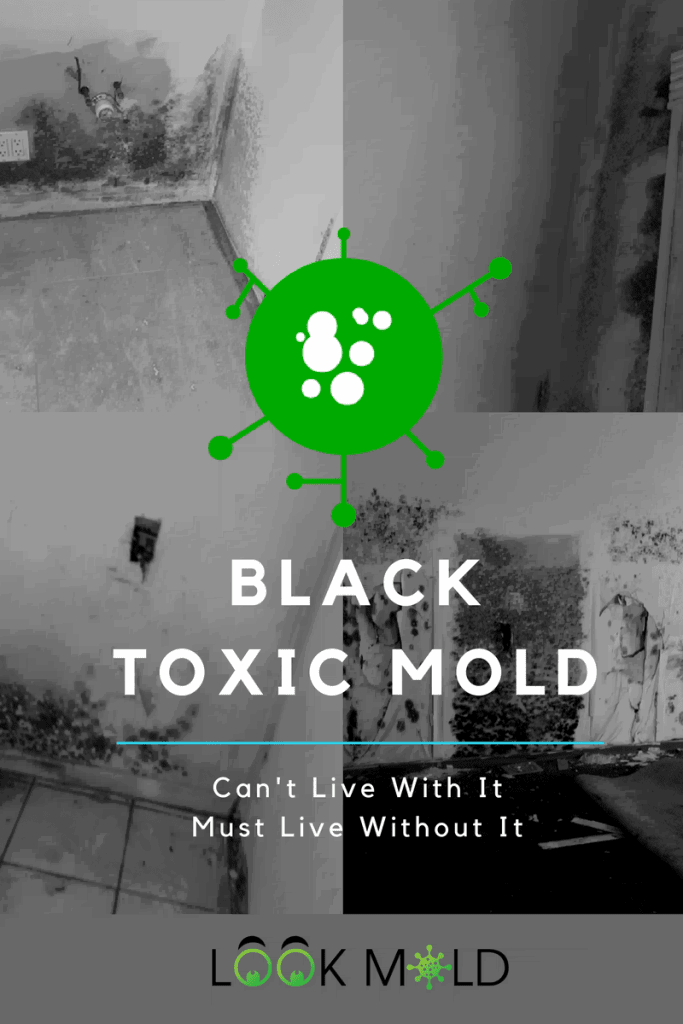
Toxic mold is generally referred to as “Black Mold” in the mainstream media. The dangers of black mold are well publicized. Black mold refers to a particular type of mold spore called “Stachybotrys”.
Here’s the good news:
Stachybotrys is not typically found in your home randomly. This type of mold needs a ton of water over an extended period of time to grow and thrive…
…This means you will usually need a significant leak in your home whether it be a roof leak, plumbing leak window leak, etc..
In most cases, if you have a significant leak, you will know about it.
Now:
There are exceptions. Maybe you have a room that you rarely go in or you have a big piece of furniture in front of where the leak is located.
Here is an example of black mold in a home:

In this particular scenario, the homeowner had no clue that mold was growing in this area because there was a baseboard in place. It was also a guest bedroom closet which was not accessed very often.
It wasn’t until the homeowner actually saw standing water on the ground before he took action.
Turns out:
A shower was leaking directly into a closet for months…
The bottom line is this:
You may not always know that toxic mold is present.
How Do You Determine If You Have Black Toxic Mold?
The best thing you can possibly do if you are concerned you may have mold in your home is to have a mold inspection performed.
The problem with that is:
Mold inspections can be expensive.
Well:
You can’t put a price on your health.
So if you had some sort of leak in your home and have good reason to believe you have a mold problem, it would be wise to call a mold inspector to come check out your home or office.
Good news if you can’t afford a mold inspection:
You can perform a half-assed mold inspection by yourself!
I’m just being honest. If you are not a mold professional, it won’t your best solution, but it can be effective.
Quick Tips To Check Your House For Mold
Check for hidden leaks
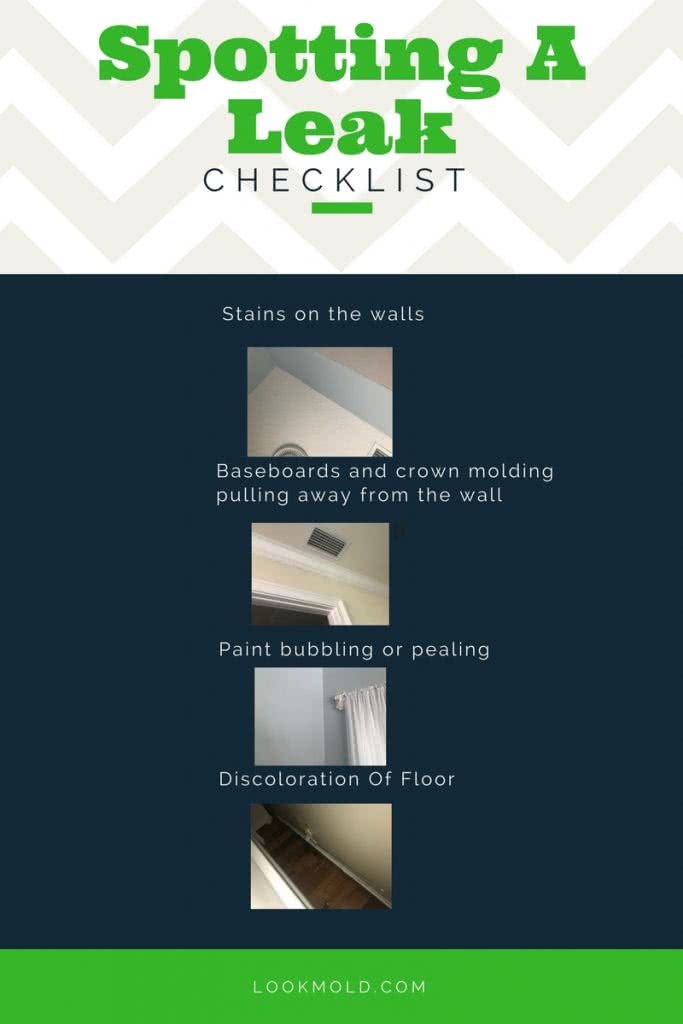
Remember, it is almost impossible for mold to grow if you do not have a water source.
Normally, when you have a leak, some clues may be available to the naked eye. You will want to check around all windows, doors, plumbing fixtures and don’t forget to look up at the ceiling as there may also be signs present above.
Some of the indications of leak include:
- Stains on the walls
- Baseboards and crown molding pulling away from the wall
- Paint bubbling or pealing
- Discoloration on flooring
If you really want to get productive, you can get yourself a moisture meter and start checking the water content on building material yourself.
### Make Sure The Relative Humidity In Your Home Is Between 30-60%
While this may not matter much if you are in a dry section of the world (heck, you may not even have air conditioning)
It is important to make sure that your home’s relative humidity(RH) is between 30 and 60%.
If your air conditioning is functioning properly, it will be pulling enough moisture out of the air to keep the RH low.
If you have relative humidity above 60%, you may start to notice mold growing on some of your belongs including clothes, shoes, furniture, etc.
Get yourself a standard thermometer where RH is also measured. If you have higher indoor humidity, you should contact and air conditioning professional to determine if your system is working correctly.
Test The Air To Determine What Kind And How Much Mold Is Present
I’m going to let you in on a little secret…
You actually can get the same air sampling technology that the expensive mold inspectors have a literally a fraction of the cost.
A quick lesson on how mold air sampling works:
Air sampling for mold involves obtaining a negative air pump that captures usually 75 or 150 Liters of air inside a tiny cassette. The cassette is then put under a microscope where it is determined how much and what kind of mold is present in the air sample.
Cool, but how can you do it yourself?
There is a company out there that offers one of these pumps called MyMoldDetective at a very affordable rate. It does the exact same thing as the $1200 machine a mold inspection company may be using.
You don’t need to be a genius or really even know what your doing to operate one of these machines.
Take a look for yourself…
The Air Tests Show You Have Black Mold, Now What?
Well, now you have to remove it of course!
But here’s the thing…
That stuff can be toxic and you are not trained how to remove it the correct way.
Remediation of black mold includes using proper personal protection equipment, building a containment barrier to prevent any kind of cross-contamination, sanitizing the air, wire-brush cleaning, damp cleaning and whole lot more!
It’s a process..
…And if not done correctly, it can cause more harm than good trying to do the mold removal yourself.
Now:
Mold remediation is not cheap, but that is why you have homeowner’s insurance.
I must warn you, dealing with insurance companies can sometimes be really frustrating. Most insurance policies have a section that covers mold damage. Read over your insurance policy to be sure.
If your insurance policy does not cover the claim, it is still recommended that you do not try to remove black toxic mold yourself. You can’t put a price on the health of yourself and your family.
Ok, So Can Black Mold Kill You?
Just because black toxic mold is the most dangerous type of mold, does not mean other types won’t affect you. I know this kind of contradicts the theme layed out so far that the Mycotoxins gets you sick and not the mold itself.
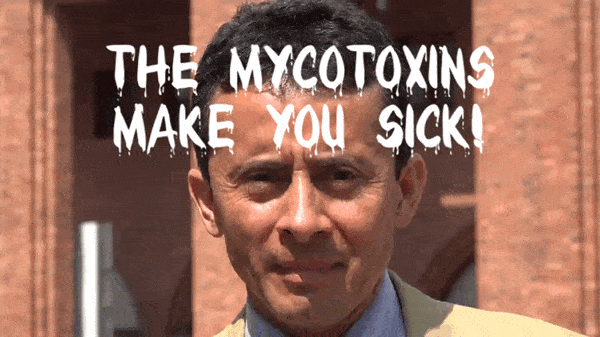
But hear me out…
If you have an allergy to a particular type of mold, it doesn’t necessarily matter if it produces mycotoxins or not.
For example, you may have one child in your home that is experiencing upper respiratory issues after a leak caused mold in your home and another child who is having none at all.
That could be because the one child has an allergy to whatever mold is growing and the other child is not because they have no allergies.
Every person is different…
It’s not just allergies. It also depends on the health of a person. If a person has an autoimmune disorder and they are exposed to certain types of mold, it may be fatal.
That is why I cannot simply answer the question, “can mold kill you?” (besides I am also not a health professional)
Because the answer may be yes to one person and no to another.
There are links to health effects of mold exposure, but even the CDC does not list death as one of them:
A link between other adverse health effects, such as acute idiopathic pulmonary hemorrhage among infants, memory loss, or lethargy, and molds, including the mold Stachybotrys chartarum (Stachybotrys atra), has not been proven. Further studies are needed to find out what causes acute idiopathic hemorrhage and other adverse health effects.
Source: https://www.cdc.gov/mold/dampness_facts.htm
What About Eating Moldy Food?
Fun fact of the day…
Did you know what the antibiotic Penicillin is actually derived from mold?
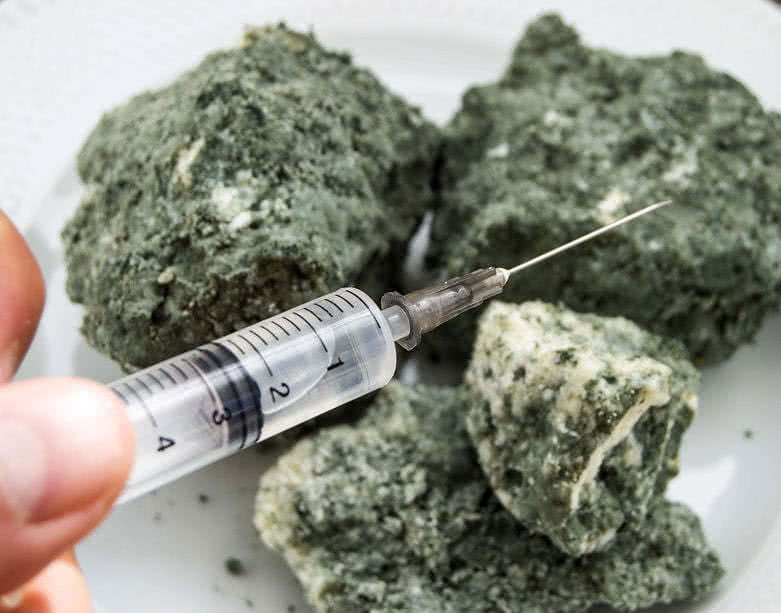
It’s true!
Dr. Alexander Fleming accidentally discovered that a species of mold called Penicillium can cure patients of infectious diseases. Taking it one step further doctors couldn’t perfect the antibiotic, and it was mold found on a cantaloupe which sealed the fate of this medical breakthrough.
Think about where this world would be today with Penicillin…
All throughout human history, illnesses that are now looked at as minor, people were dying from until Penicillin hit the mainstream.
That being said, don’t go thinking you can eat that moldy loaf of bread and be cured of any illness or disease!
In all likelihood, if you were to eat food with mold on it and are healthy, you may get mildly sick, but in most cases, it probably will not be fatal.
Disclaimer: Don’t be the jackass to find out!
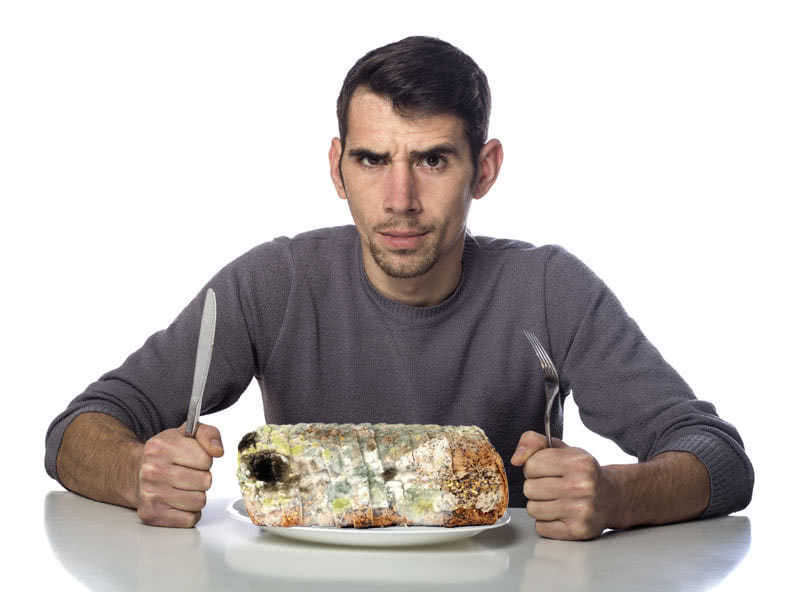
Are You Overreacting To Mold In Your Home?
Probably, but let me ask you this:
Wouldn’t you rather be safe than sorry? You are much better overreacting instead of underreacting.
Taking proper precautions can be crucial for yourself and your family.
Chances are, if you do not have a leak in your home or any kind of air conditioning problem, you will not have mold.
You can never be too safe when it comes to your health though.
Determine How Much Mycotoxins Are Present In Your System
You can actually determine if you test positive for certain types of mycotoxins in your system. Your doctor may be able to test you by urine samples.
This can be an important piece of information for your health. Keep in mind, mold can grow in your lungs and can cause all sorts of health effects, even if it doesn’t kill you.
The good news if you have health insurance they may cover it.
However…
Not all health insurance plans cover for this mycotoxin testing, but if they do, you want to make sure you have a certain type of testing called EMMA testing.
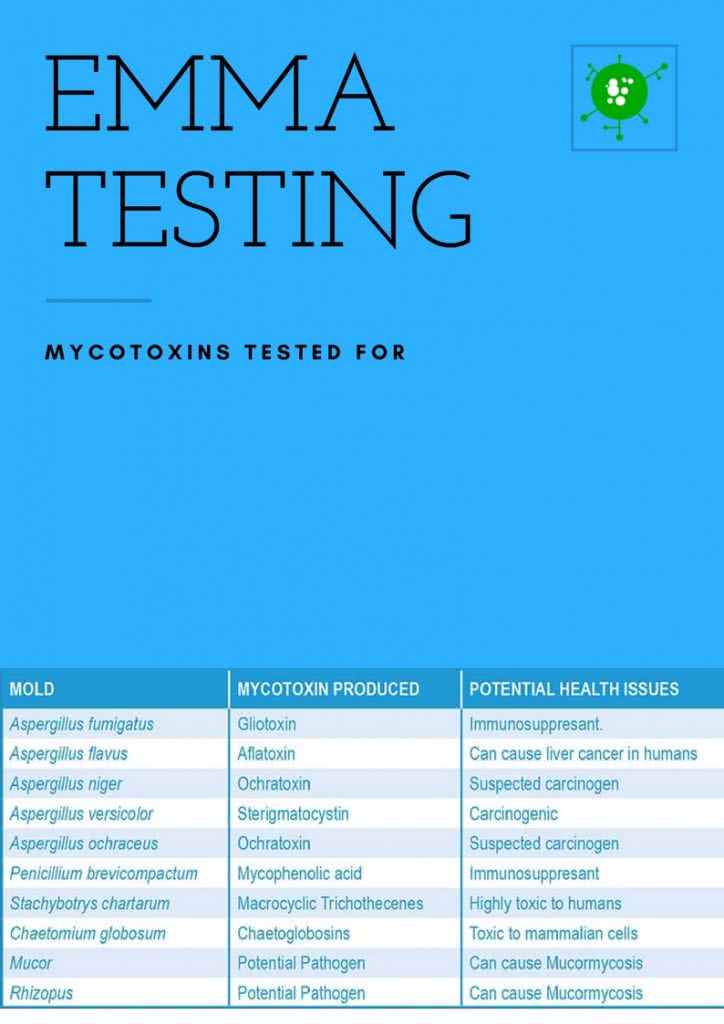
EMMA stands for The Environmental Mold and Mycotoxins Assessment.
It will test your urine for the presence of the 10 most toxic types of mold. If it is showing up in your system, it’s a good chance that, that type of mold is growing in either your home or another location you spend time in.
Want an EMMA test for yourself or a family member?
Goto the Contact Me page to learn how you can get this type of testing done.
Tell Me About Your Experiences
Have you had a situation where you found yourself with health problems due to mold?
Write your story below!

Meet the author: Brad Fishbein is an ACAC council-certified Microbial Investigator. In the fall of 2012, he became a Licensed Mold Assessor in the State of Florida through the Department of Business & Professional Regulation. Brad has helped homeowners with over 5,000 successfully completed Mold Inspections since 2009.

